Everyone might have observed that the phrase “learn data science from scratch” has been flooded across many social networking channels, like Facebook and LinkedIn? Pop-ups and small advertisements have created a buzz and are constantly persuading people to opt for data science and attain better job opportunities.
Even though most people would love to avail of better job prospects that would give one’s wallet a considerable weight, the question “how to learn data science?” persists.
So, without wasting any more time, let’s jump in and get to know more about Data Science from scratch.
Introduction to Data Science
Data Science is the branch of science dealing with the accumulation and evaluation of data and extracting the necessary information. Everything in the world pertaining to technology is made from data and one can commonly identify them in the form of:
- Videos
- Images
- Numbers
Data science helps extract the details related to the specific data that are provided, input those into machines, and train them to perform tasks automatically. Plus, one can also use the information to predict various possible and profitable outcomes.
In order to learn data science from scratch, one needs to keep in mind that they have to deal with tasks related to:
- Data cleaning
- Data analysis
With rapid growth and learning, data science has become a great potential as a career option. This means, by learning data science, the tech-field opens the gateway to careers, like:
- Data Analytics
- Data Analysis
- Machine Learning
- Data Mining
- Big Data
Here are the areas of expertise that one can go for with data science.
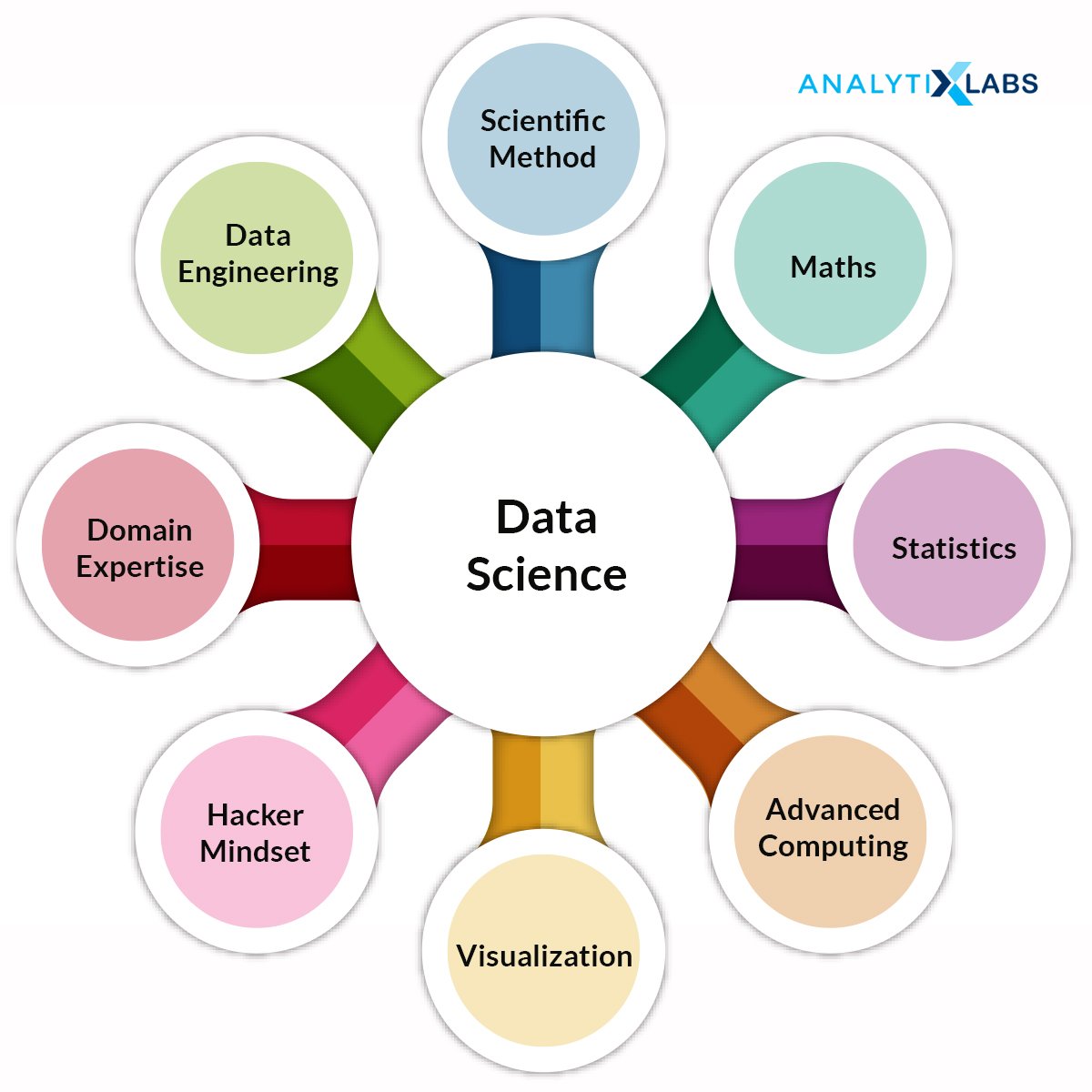
Here is a Venn diagram showcasing the professional areas of individuals who can choose data science to give a boost to their careers.
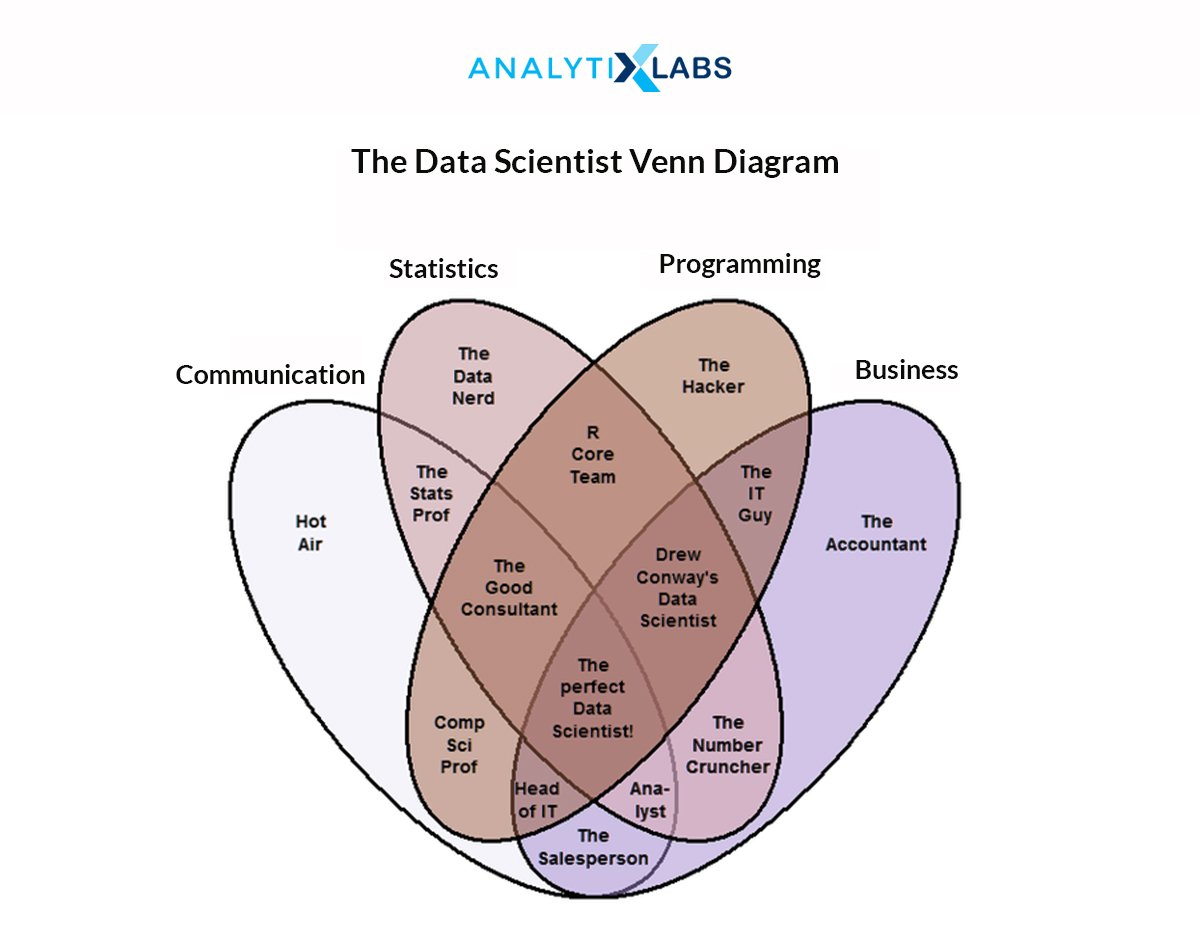
Importance of Data Science
Since this part of technology has a huge potential, data scientists are what companies are looking for. In fact, most of the people reading this would also be trying hard to learn data science. But what is the important of Data Science and why do you want to learn Data Science in the first place?
The answer is simple – a considerable boom in data generation and retention in many industries.
In India itself, the data science job growth increased to around 62% in 2020. With so many people opting for and learning data science from scratch, a major percentage of job postings regarding the same asks for even less than 5 years of work experience.
Even IBM predicted the same on a global level, quoting that the demand for data scientists will record growth by 28% by the end of 2020.
It is a fact that one is constantly surrounded by billions of bytes of data. People dealing with data will know that data exists in both unstructured and structured formats. Businesses, in general, use these unstructured and structured data to run their business.
Moreover, working with data science from scratch, data scientists use the extracted data to:
- Outspread their business to diverse demographics
- Launch latest services and products
- Reduce costs
- Analyze and predict trends
Components of Data Science
The foremost thing related to learning data science is knowing the necessary components of data science. Each of these components is important to the field of technology.
1. Big Data
These are large sets of data that are evaluated and computed with the help of machines to extract associations, trends, and patterns. They are related to human interaction and behavior when working with data. Big data basically talks about taking out the refined data from the huge data set, i.e., filtering out the required information from an ocean.
To process Big Data, Data Scientists use tools like:
- Hadoop
- Apache Spark
- Pig
- Scala
- Hive
2. Probability and Statistics
Both these components are a necessity and learning fundamentals of statistics is one the best ways to learn Data Science. It is used to manipulate the data so that a set of required details can be churned out of it. If one does not have a clear idea regarding probability and statistics, one is bound to misinterpret data and conclude incorrect information.
You may also like to read: Learn Basic Statistics Concepts for Data Science
3. Mathematics
Since probability and statistics are native in the data science field, one cannot use them if without having a strong hand in Mathematics.
4. Data Types
The building block of data science is data. So, data science is the base from where companies acquire datasets in raw forms. Unstructured data comprises of:
- PDF files
- Videos
- Emails
- Images
On the contrary, structured data comprises information organized in tabular formats.
5. Machine Learning
The best way to learn data science is by constantly working with it. Machine-learning provides that scope as it becomes a regulation post becoming a data scientist. Two of the machine learning algorithms that are commonly used in data science are:
- Classification
- Regression
6. Programming
Programming is the method of evaluating data and then organizing and managing it in a structured way. Data science’s highly used programming languages are Python and R. Most people are aware of it as prestigious companies look for candidates having the knowledge in both or either one of the languages.
Steps to learn Data Science with Detailed Description
Moving on with data science, let’s get into the practical bits of pursuing the domain as a career. The best way to learn data science is to know the correct learning plan and steps. If one wishes to learn data science from scratch and know the basics of it within a year, here are the steps to follow.
Moving on with data science, let’s get into the practical bits of pursuing the domain as a career. The best way to learn data science is to know the correct learning plan and steps. If one wishes to learn data science from scratch and know the basics of it within a year, here are the steps to follow.
1. Adopting Technical Skills
This is the basic step towards answering the “how to learn data science” question. With better technical skills, one will be more motivated to learn more about mathematics and algorithms. Since there is already a good number of developers in the field of languages of data science, one needs to stand out.
- One can achieve this by opting for the appropriate technical language – Python. The libraries created via Python makes the work smooth. But before jumping straight into Python, one needs to understand the fundamentals that are used in data science.
- Only after attuning with the basics can one understand how Python actually works. There are a number of online tutorials, affordable courses, and even YouTube guiding videos to understand Python.
- With Python-assisted machine learning, one can know more about sci-kit-learning. It is a widely used Python library, especially for machine learning and data learning.
- Try visiting more seminars and workshops to gain knowledge on database management software like Cassandra or MySQL, which are great at analyzing and storing data.
2. Be in tune with Mathematics
Mathematics is an integral part of learning data science. A few areas of mathematics fall under the core and are a must-learn and work aspect for becoming a data scientist.
A. Linear Algebra
Be it data science, artificial intelligence, or machine learning, linear algebra is an integral part used across all domains. To be adept in data science, one needs to study the below-stated topics under linear algebra.
Matrix Transformations
- Inverse function
- Linear transformations
- Transpose of a matrix
- Multiplication of a matrix
Vectors and Space
- Vector dot and cross product
- Linear combinations
- Linear independence and dependence
- Vectors
B. Statistics
Statistics is a branch of mathematics that teaches wannabes to filter the data and use them appropriately. Statistics is used for data maintenance and the proper arrangement of those data. The vital topics under statistics include:
Machine Learning
- Inference about slope
- Classification
- Regression
Experiment Design
- Significance Testing
- Hypothesis testing
- Probability
- Randomness
- Sampling
Descriptive Statistics
- Dependence measure
- data Summarization
- Central tendency
- distribution Types
C. Calculus
Calculus is the commonly used stream of mathematics, which is used in all machine learning algorithms. The topics that you need to study under this mathematical branch are:
Gradients
- Partial derivatives
- Integrals
- Directional derivatives
Chain Rule
- Derivatives of composite functions
- Multiple functions
- Composite functions
Derivatives
- Nonlinear function
- Geometric definition
- A Derivative of a function
3. Learn With Practical
The theory is great for understanding the basics. However, one cannot completely relate to data science if one remains away from the practical aspects. If aspiring people want to be a good data scientist, the preparation work will include:
- Data cleaning (nearly 90%) and management
- Using algorithms from the created data library
- Working on various Data Science projects
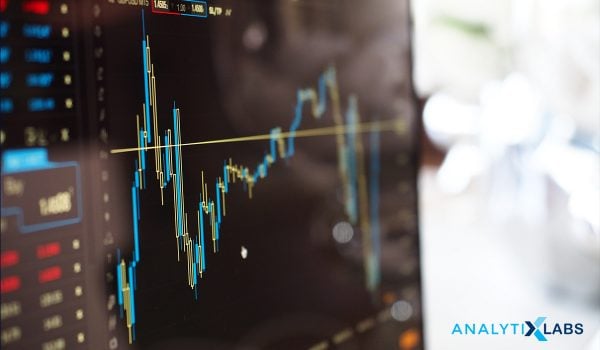
The Cycle of Data Science
Like every important project, data science also works in a cycle. To learn data science from scratch, one should know about its lifecycle. Here is an indication:
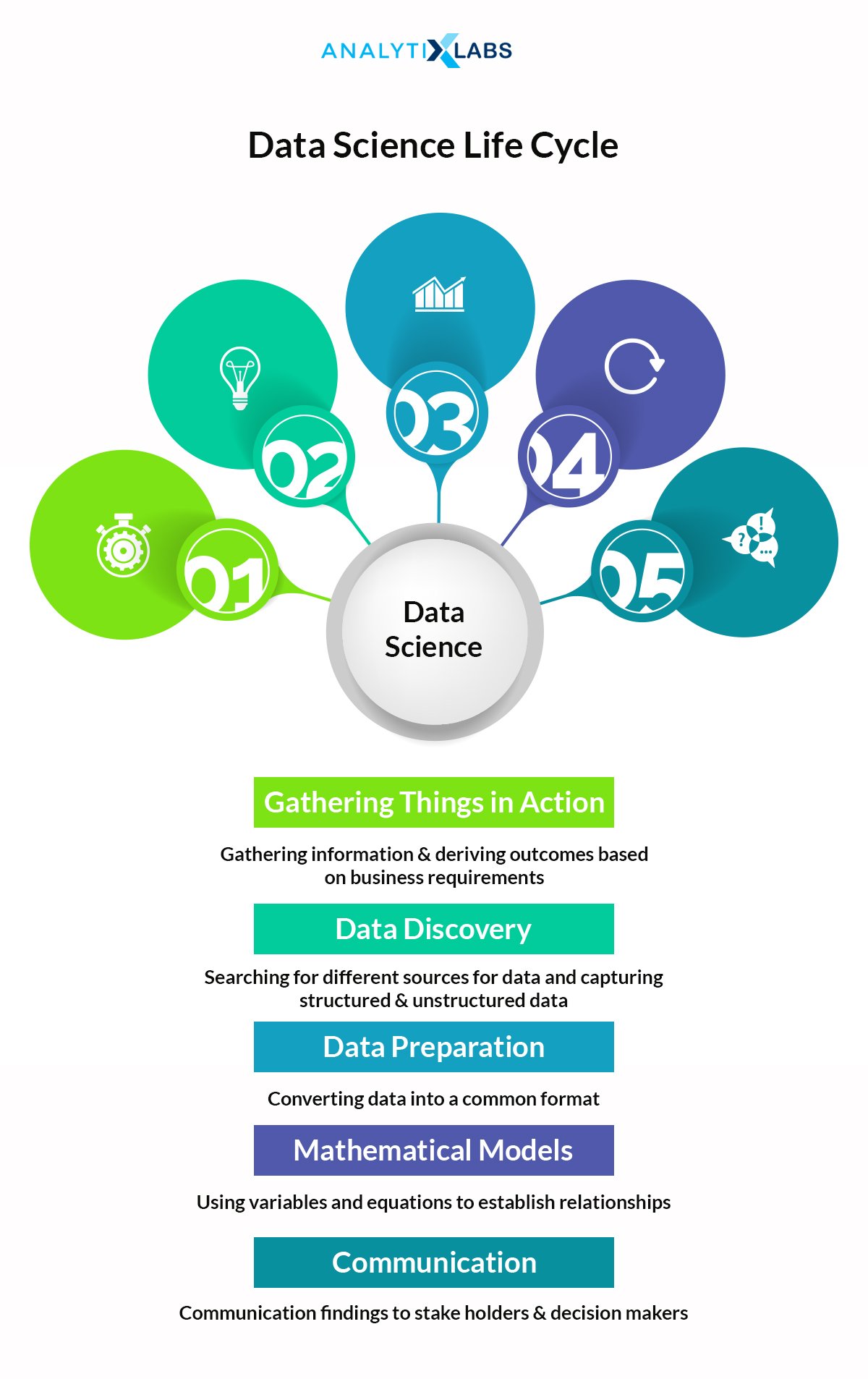
1. Data Discovery
This is data science’s first phase. It states the different methods with which one can discover data via different sources. The data discovered can be either structured or unstructured format.
Simply put, in this phase, the user had to identify the problems associated with data and then solve it. Added to this, the tasks also involve report creation regarding the:
- Available technology
- Skills that are in need
- Manpower
This is basically the first step, where one can reject or approve the project.
2. Preparation of Data
This is the next phase that needs to be completed after the discovery phase. The task involved in this phase requires the conversion of disparate data. The details are converted into a simple format so that the work order can get completed in a seamless manner.
This phase has two important processes on the basis of it, it functions accurately:
- Assembling clean data subsets
- Introducing the suitable defaults
In some cases, there may be involvement of more complex procedures, like identification of missing values. These are obtained by modeling.
After the data are sieved and cleaned properly, they are implemented in the dataset and then analyzed for the required conclusion. To achieve this, data has to be integrated appropriately. This can be achieved by merging the tables (two or more) of the same objects. However, the information to be stored should be different, or with the assistance of aggregation, the details should be summarized.
3. Model Planning
It is a fact that all projects related to data science run on mathematical models. The models are created and planned especially to suit the requirements of the businesses. This includes the operations from various mathematical domains like:
- Integral calculus
- Differential calculus
- Linear regression
- Logistic
- Statistics

Apart from the operations, various apparatus and tools are also used. However, the required satisfactory result is not dependent on only one model. Sometimes, aspirants also need to use multiple models to attain the desired outcome.
So, if one becomes a data scientist, there is a need to create several models. Only after one gets the proper measurement from the models, the next step of parameter revision can be taken up to fine-tune them to run to the next model.
4. Building Models
To train the system, one needs to develop sets of data. There may be instances where aspirants have to choose the latest and robust environment or the tools that are already at hand. On a major note, the available model-building tools can be:
- SQL
- SAS advanced analytical tools
- Python programming language
- R statistical computing tools
- QlikView
- Tableau
5. Operationalize
This phase has a number of tasks that are needed to be fulfilled with precision. It involves:
- Technical briefings
- Coding the system
- Final report delivery
Before deploying on the real platform, one can test it on the pilot mode and determine if it works the way it is assumed.
6. Result from Communication
All the technical aspects are over in the previous phase. What remains is the communication between the stakeholders and decision-makers, and the data scientist. Also, being a data scientist, one is required to be a connecting link between different teams.
Now that the aspirants have learned the basics of data science from scratch, one can implement a much better strategy towards approaching the subject and leveraging the aforementioned points to get a quick grasp on it.
Related: What is the Data Science Life Cycle? | Everything you need to know
Instead of answering others, “why do you want to learn data science” start preparing yourself. While one has the road map to reach the goal of becoming a data scientist, it won’t be an easy ride. So follow all the points and learn data science optimally.
You may also like to read:
1. Top Data Science Courses & Learning Resources
2. Data Science Tutorial For Beginners – Definition, Components, and More

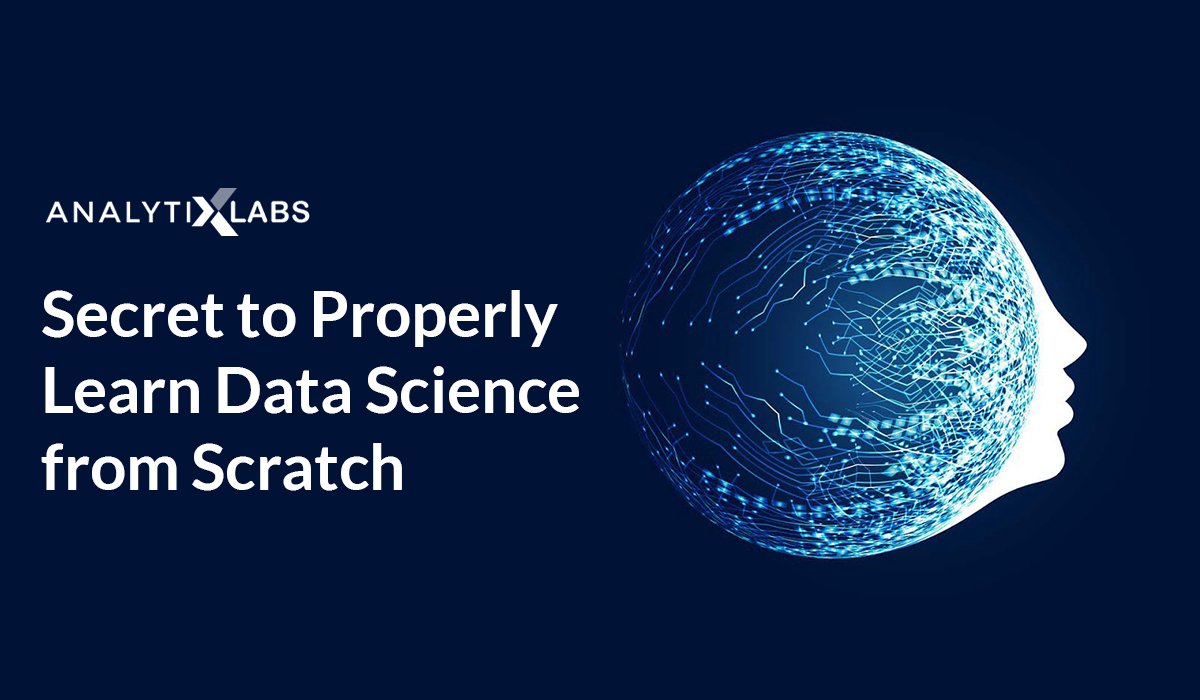
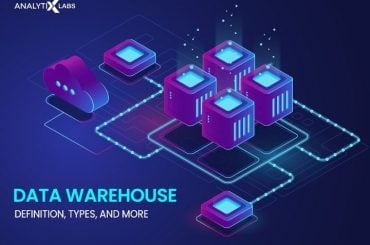
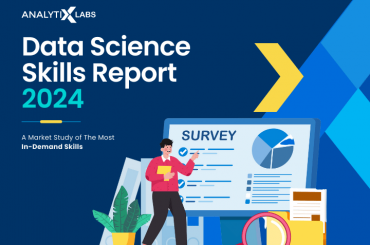
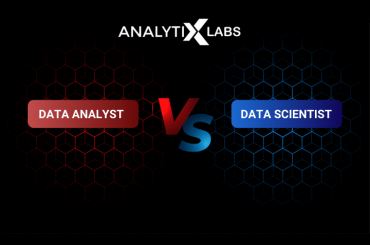
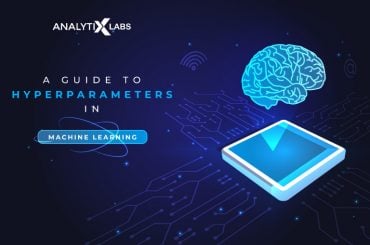



2 Comments
Hey , thank you for sharing this useful content , highly appreciate.
Thanks for sharing. It was worth reading